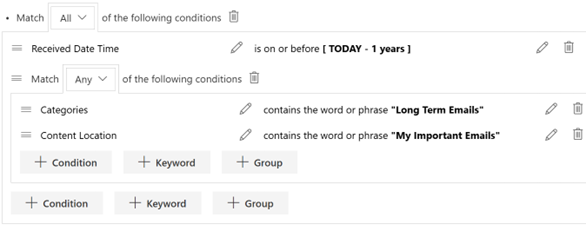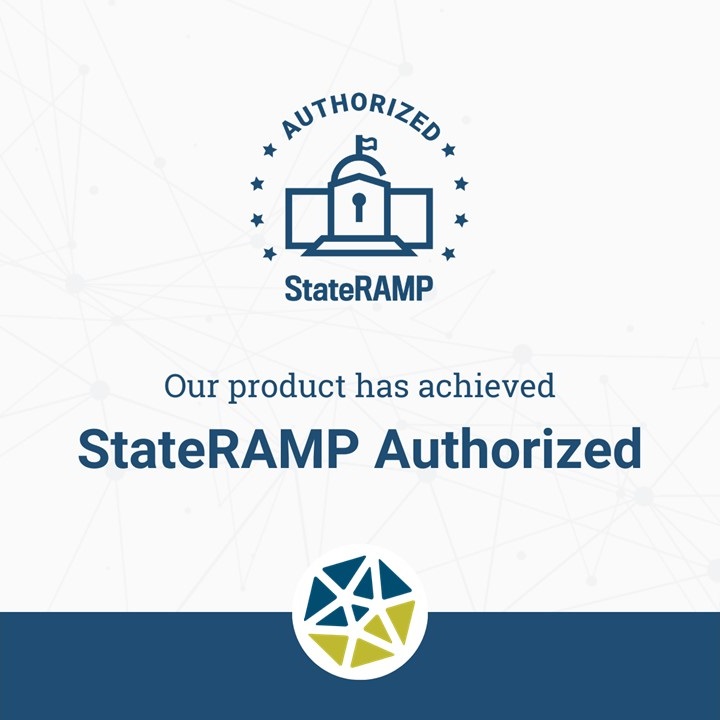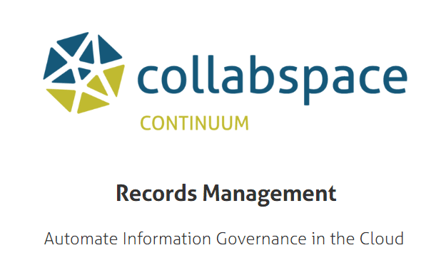Enhanced product means customers can handle both on-premise and third-party records, and integrate mobile devices
Vancouver, BC – May 21, 2013– Collabware, makers of Collabware CLM records management software for SharePoint, today announced the release of Version 2.4 of its product.
For Collabware customers, the improved records management software will ensure an even greater degree of enterprise-wide statutory and industry compliance to further reduce risk and legal costs.
Collabware CLM v2.4 expands upon the product’s extensive electronic records management capabilities with the introduction of even more advanced physical records management. Some of the remarkable new capabilities include:
-
Physical container management and security
-
Box, folder, object and record tracking
-
Circulation request management and processing
-
Integration with SharePoint search for physical record searches
-
Mobile device integration for barcode scanning and circulation control
-
Complete chain-of-custody control and tracking
-
Advanced transfer and disposition approval
Supporting both SharePoint 2010 and 2013, Collabware CLM v2.4 allows customers to:
-
integrate the management of physical records with overall enterprise policy and expose them for end users to take advantage of via search and mobile devices, and
-
manage end-to-end chain of custody for all physical documents.
About Collabware
Collabware is proud to be the first and only vendor to offer records managers a comprehensive content lifecycle management product for Microsoft SharePoint. From content creation to record destruction, the end-to-end Collabware CLM solution offers a superior user experience, advanced records management features, and complete compliance control – at a much lower cost.
With offices in Vancouver, BC and Boston, MA, Collabware has a team of innovative, highly experienced individuals who have deep SharePoint knowledge and superior development skills. The team is entirely focused on delivering value and helping customers: reduce costs; optimize business processes; adhere to statutory and industry compliance; protect their reputations; improve worker productivity and efficiency; share and exploit knowledge; migrate information from legacy systems; and maximize their investments in Microsoft SharePoint.




